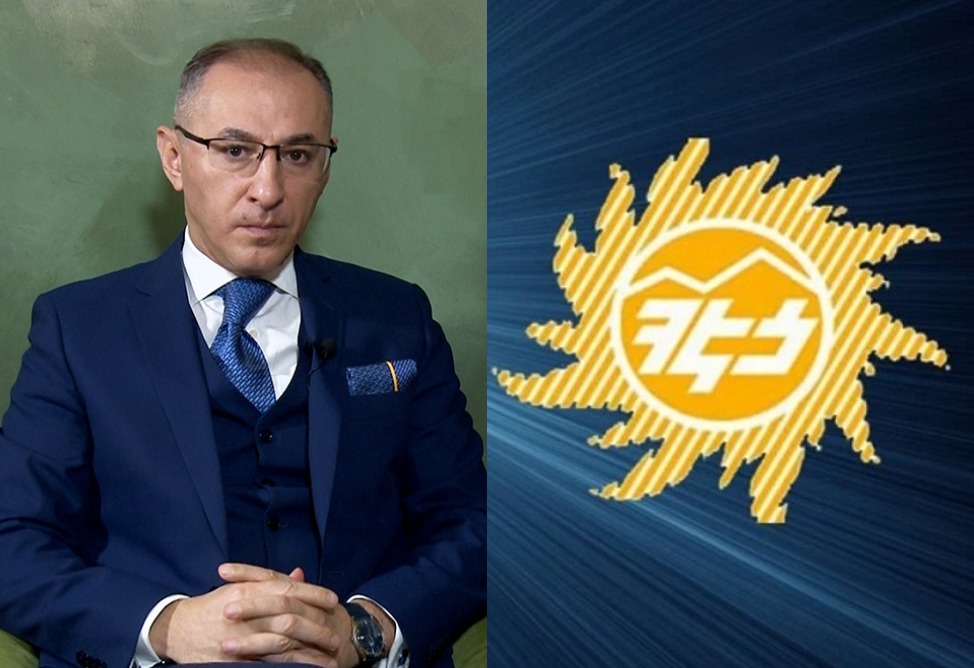Robert Bradtke appointed new U.S. cochairman of OSCE Minsk Group
YEREVAN, September 8, /ARKA/. Robert Bradtke, former Chief of Mission at the U.S. Embassy to Croatia, has been appointed the American co-chair of the OSCE Minsk Group, the U.S. Department of State said in a statement.
The Minsk Group of the Organization for Security and Cooperation in Europe mediates the conflict between Armenia and Azerbaijan over Nagorno-Karabakh. Its co-chairs are the United States, Russia and France.
According to the U.S. State Department, Bradtke completed his three-year assignment in Zagreb in July and has a huge experience of diplomatic work, as well as possessing extensive knowledge of European security policy.
In August, there were reports that U.S. diplomat Matthew Bryza, who co-chaired the Minsk Group at the time, could be replaced by Tina S. Kaidanow, a former U.S. ambassador to Kosovo.
The statement said Ambassador Bradtke brings to this position more than thirty-six years of Foreign Service experience and extensive expertise in European security policy. In July of this year, he completed a three year assignment as Chief of Mission at American Embassy Zagreb, Croatia. Prior to that, he served from 2001 to 2004 as Deputy Assistant Secretary of State for European and Eurasian Affairs, with responsibility for NATO and the OSCE.
“The United States understands the critical importance of achieving a peaceful resolution to the Nagorno-Karabakh conflict. We welcome recent positive dialogues between President Sargsyan of Armenia and President Aliyev of Azerbaijan. Secretary Clinton has indicated to the two presidents her strong interest in the Minsk Group's ongoing efforts to bring the process to a fruitful conclusion, and the Obama Administration is committed to doing everything possible to support this goal. We have informed the governments of Armenia and Azerbaijan of Ambassador Bradtke's appointment. Ambassador Bradtke looks forward to his first trip to the region in the coming weeks,’ the statement said.
The conflict in Nagorno-Karabakh broke out in 1988 after the predominantly Armenian-populated enclave declared about secession from Azerbaijan As Azerbaijan declared its independence from the Soviet Union and removed the powers held by the enclave's government, the Armenian majority voted in 1991, December 10, to secede from Azerbaijan and in the process proclaimed the enclave the Republic of Nagorno-Karabakh.
Full-scale fighting, initiated by Azerbaijan, erupted in the late winter of 1992. International mediation by several groups including Europe's OSCE’s failed to bring an end resolution that both sides could work with. In the spring of 1993, Armenian forces captured regions outside the enclave itself. By the end of the war in 1994, the Armenians were in full control of most of the enclave and also held and currently control seven regions beyond the administrative borders of Nagorno-Karabakh.
Almost 1 million people on both sides have been displaced as a result of the conflict. A Russian- -brokered ceasefire was signed in May 1994 and peace talks, mediated by the OSCE Minsk Group, have been held ever since by Armenia and Azerbaijan.-M.M. -0-



